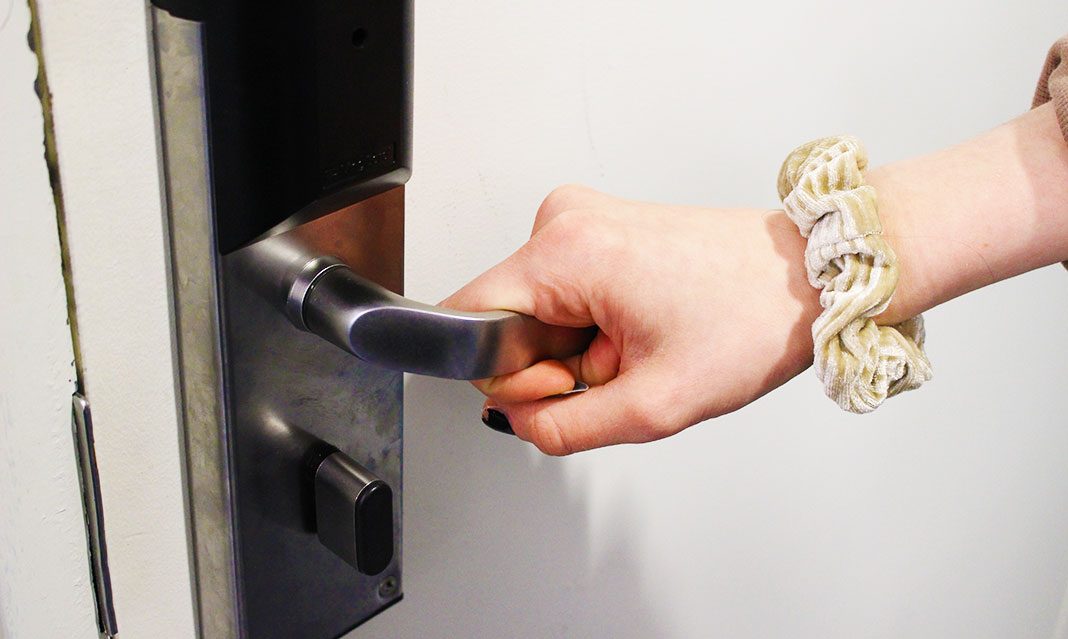COVID-19, or coronavirus as its more commonly known, is a virus that emerged from Wuhan, China and has now spread globally. Coronavirus is one of many coronaviruses that are transmitted among humans. Other viruses that fall into this group are Severe Acute Respiratory Syndrome (SARS) and Middle East Respiratory Syndrome (MERS), which have also been global health concerns previously. COVID-19 however, has become the largest one to date, with approximately 45,171 cases that have been confirmed across the world as of February 12, 2020.
This number is rapidly increasing, mainly due to misinformation around the characteristics of the virus and how it is transmitted. It is especially important to understand how this virus can be transmitted through inanimate surfaces, as a virus can quickly spread through frequently touched surfaces such as door handles or bedside tables at hospitals. A recent study from the University of Medicine Greifswald’s Institute for Hygiene and Environmental Medicine attempted to clear up how coronaviruses are spread through inanimate surfaces.
This study, which was published on January 31, 2020 reviewed 22 studies on how human and veterinary coronaviruses spread on inanimate surfaces, and how to inactivate these viruses with chemical disinfection.
They found that human coronaviruses can be active on surfaces such as plastic, glass or metal for up to nine days. This means within this time, if one comes into contact with this surface, they could become infected with the virus. The transmission from a surface has been hypothesized to be done through mucous membranes such as the nose, mouth, or eyes. The surface, however, can be disinfected using 62-71 per cent ethanol, 0.5 per cent hydrogen peroxide, or 0.1 per cent sodium hypochlorite. This significant reduction in activation of the virus is done within one minute of exposure to the disinfecting solutions mentioned. Using other disinfecting agents such as 0.05-0.2 per cent benzalkonium chloride was found to be less effective. It was also found that at a temperature of 30 degrees Celsius or more the amount of time the virus was active in was shortened.
Since the COVID-19 outbreak is recent, this study does not cover what COVID-19’s specific time of activation on surfaces is, nor how efficient the disinfection methods above are with it. This study is assuming that it is similar enough to the other human coronaviruses in infectiousness and mechanisms to apply the same disinfecting methods to it. While these disinfection methods for surfaces are what are commonly used to clean viruses in hospitals, more research needs to be done on how COVID-19 reacts specifically to these methods.



